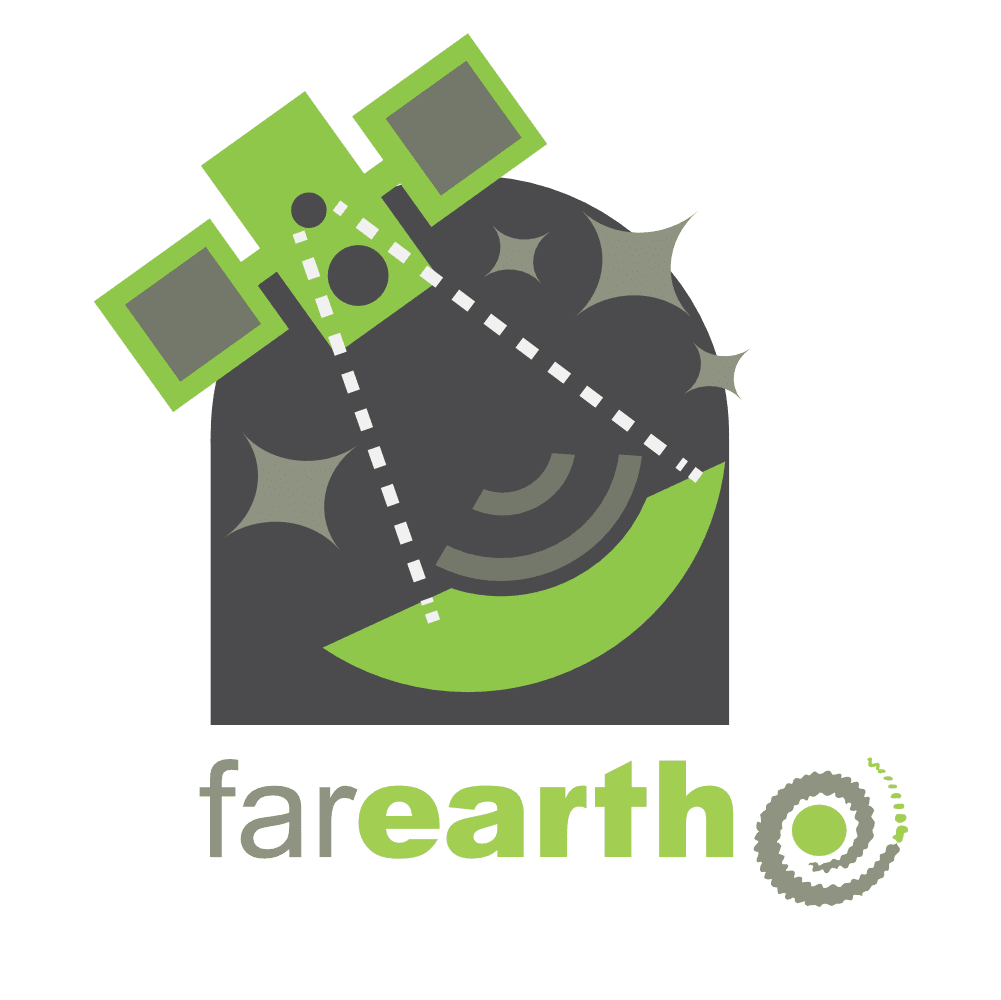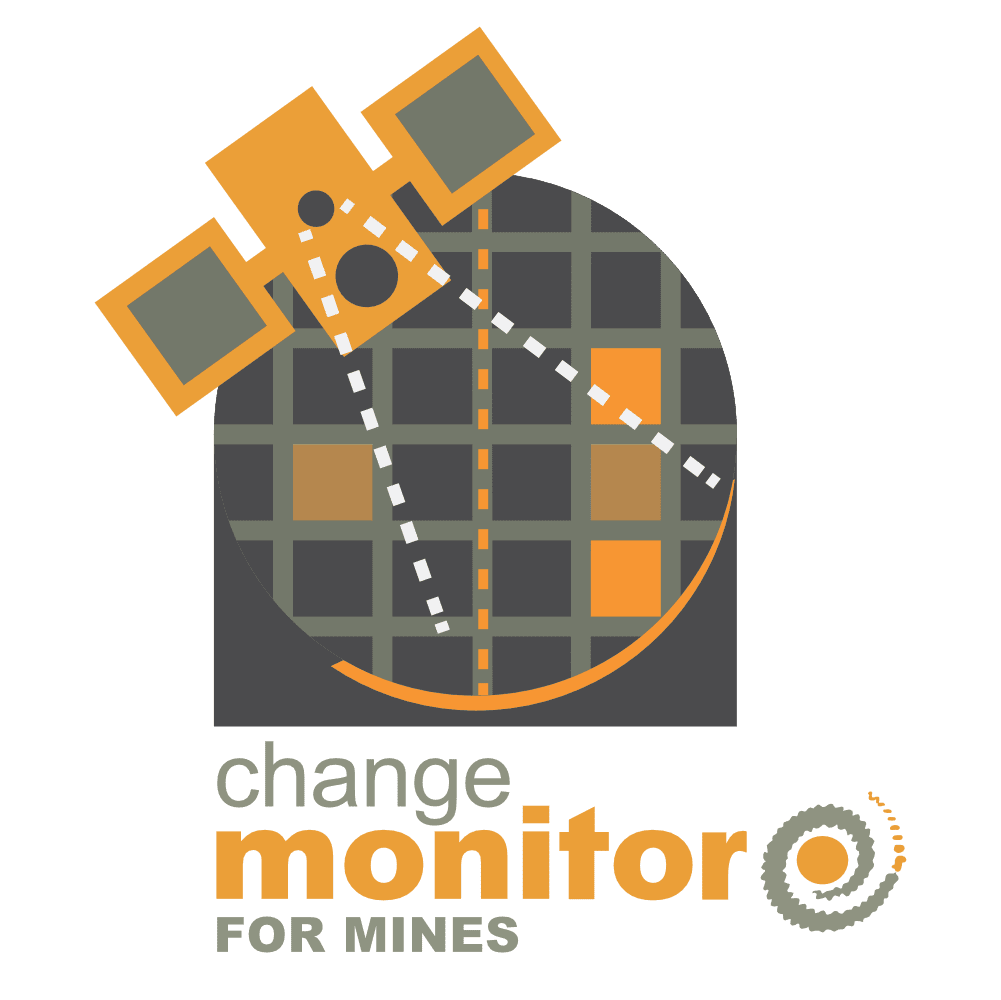FAQ
What is FarEarth for SmallSats?
FarEarth for SmallSats is our satellite image pre-processing and data management software for NewSpace.
Why do I need FarEarth for SmallSats?
FarEarth is the essential step between the acquisition and the downstream analytics. Our cloud-based system is the easiest way to calibrate new optical sensors and rapidly roll out processing for your Earth observation constellations. It automatically processes raw downlinked data to map-ready imagery for downstream applications. All at scale.
Are there different FarEarth for SmallSats options to choose from?
We have 2 primary options:
1. Pathfinder, for low-data-volume demonstrator missions and,
2. Enterprise, for operational high-data-volume processing.
Our subscription options are flexible depending on your payload, mission, and business requirements.
The Pathfinder option is an annual subscription fee billed in advance.
What satellite image processing and corrections does FarEarth for SmallSats perform?
FarEarth Enterprise edition includes your sensor-specific characterisation and calibration data as part of the processing. Bulk data is automatically ingested and processed to produce a sensor-specific corrected Level 1C product with metadata. The default output product is a terrain-corrected image in industry-standard format.
However, we also accommodate your unique requirements with our flexible processing workflows.
What are my payment options?
Our subscription options are flexible depending on your payload, mission, and business requirements.
The Pathfinder option is an annual subscription fee billed in advance.
Which image formats can be uploaded for processing?
Standard formats such as PNG, JPEG, TIFF and GeoTIFF can be uploaded for processing. FarEarth Enterprise supports raw data uploads from multiple pick-up points.
Do I need pre-processing?
Yes, all satellites require pre-processing of their raw data to be usable in downstream applications. Customers and experts alike expect images to be calibrated and GIS-ready. Even for large classic satellites, operators do not distribute raw data as it has little analytical value.
What if I have onboard processing needs?
While processing onboard the satellite can minimise data downlink volumes, users often still require high-quality map-ready imagery of detected events for further analysis. Since this processing requires reference data and significant processing power, this is still performed on the ground.
What should I consider when choosing a processing solution?
Time to value is essential. It is vital to prove the value of your mission with high-quality imagery early in your program.
There are risks involved with not using a proven system. Pre-processing requires a high degree of expert science, and to do this automatically and at scale requires expert engineering.
What experience does Pinkmatter have?
Pinkmatter has deep roots in the space industry. We have decades of experience in developing large ground segments for space agencies, and remote sensing analytics applications globally.
With FarEarth for SmallSats we bring our expertise to NewSpace. We work with various sensor manufacturers and satellite integrators through all their mission phases.
What if my small satellite is already in orbit?
FarEarth can be implemented during any phase of your small satellite mission. Pre-launch, in-orbit commissioning or operational phase.
Why do small satellite images need correction?
The miniaturisation of satellites brings new challenges; distortions and noise are amplified, ephemeris and attitude data are infrequent, and temperature regulation is not as well controlled as larger satellites.
Does sensor characteristics change over time?
Yes, the sensor characteristics change over time as the sensor ages.
In addition to image processing, FarEarth provides you with continuous sensor calibration.
What does the Archive save?
Your raw and processed data.
Why should I use FarEarth cloud?
FarEarth is a managed cloud-based service, removing the need for your own hardware. We take care of the infrastructure and maintenance and you benefit from the continuous development.
Can I integrate my system into FarEarth?
Your developers can integrate your existing systems through our FarEarth APIs.
Who are our customers?
)Pinkmatter’s customers range from government agencies to privately owned start-ups. Pinkmatter is currently in contract with various small satellite integrators who are using our system.
Customers that we are allowed to name: Fuerza Aeroespacial Colombiana (Colombian Airforce), Dragonfly Aerospace, RBC Signals, Hancom InSpace, constellr.
Do I need training to use the system?
The intuitive system is easy to use with integrated tutorials and requires minimal user training.
Does Pinkmatter offer support?
The Pinkmatter support team will respond to requests via our online ticketing system.
What are my deployment options?
FarEarth for SmallSats is designed to take advantage of cloud infrastructure. Other deployment options are available on request.
Do I have control over who uses my FarEarth subscribtion?
You assign the admin user. Your admin user controls user management, can invite new users to join, and can assign them specific roles. Orders and data are private to the subscription by default, while administrators can share products and custom processors with other subscriptions.
What is GVerify?
Pinkmatter developed the GVerify tool that measures the geometric accuracy of an orthorectified image by comparing it to a reference image using either spatial or phase correlation.





